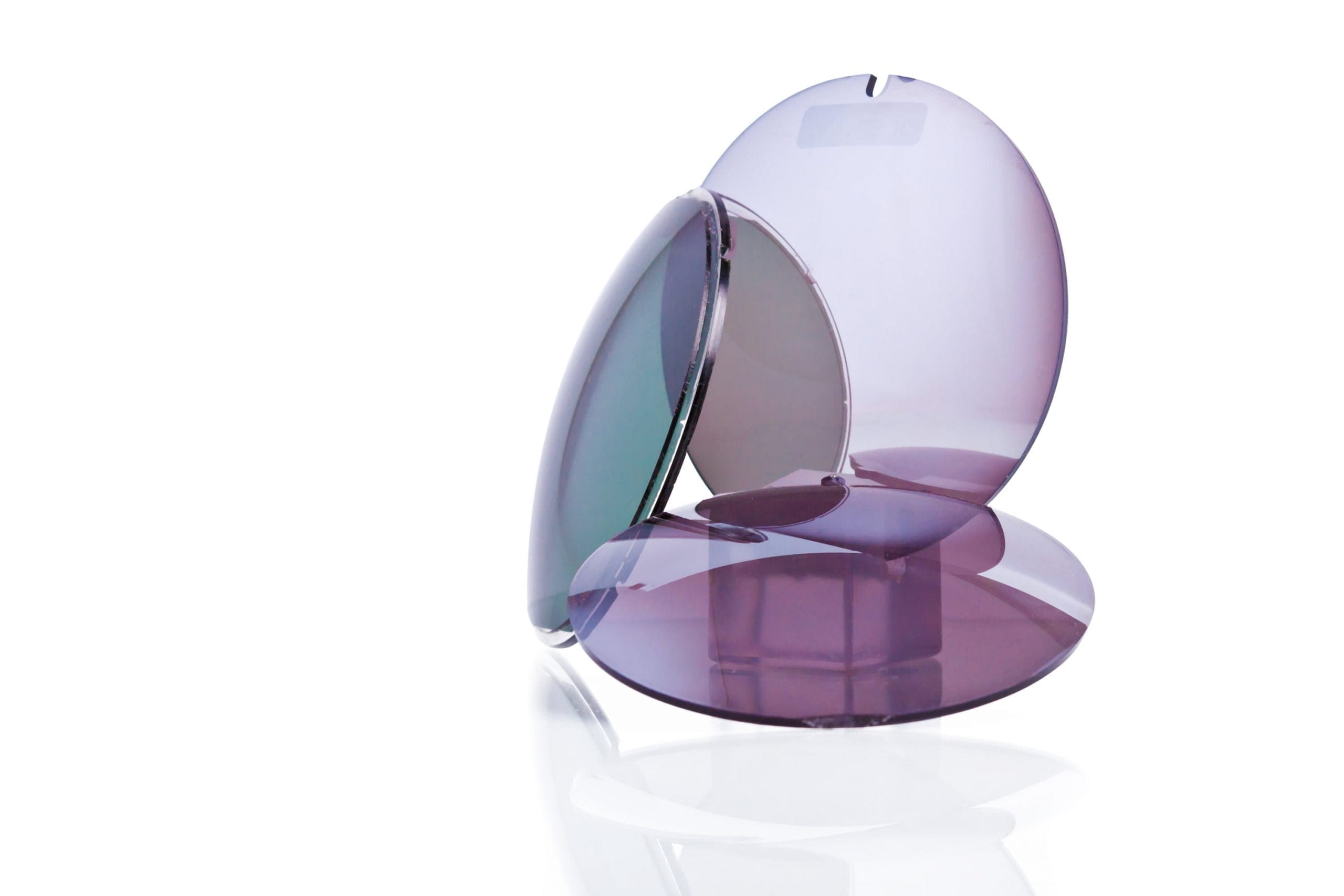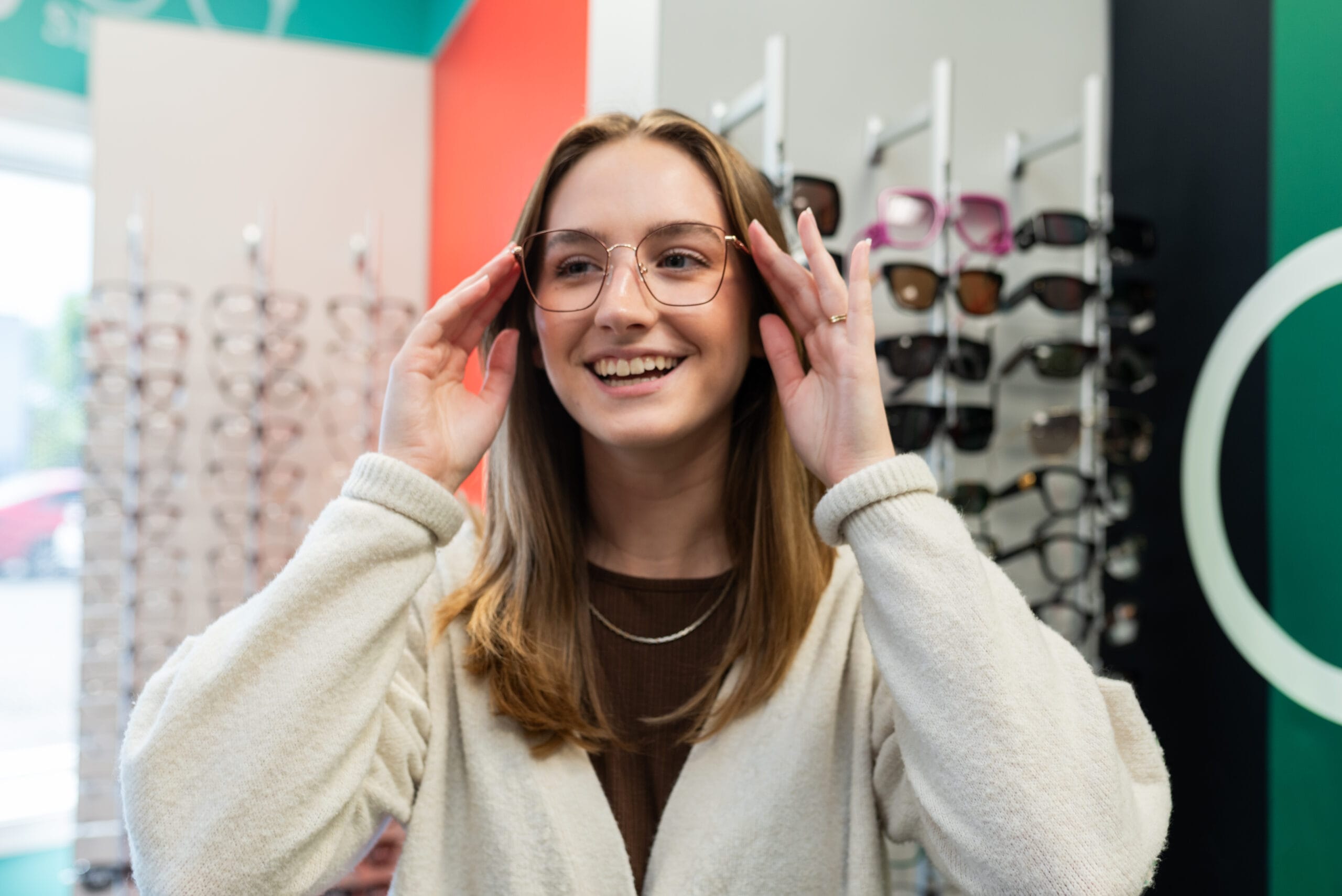We know how exciting it is to pick out a new fun frame to rock when buying eyeglasses, but have you ever considered the quality of lenses that go with it? A common mistake people often make when buying glasses, is not taking time to consider what will live inside their glasses frames. Importantly, the lenses you choose, more so than the frames will determine how clearly you see the world and how happy you feel wearing them. Choosing the right lens will influence vision, comfort and appearance.

Picking The Right Lenses
Not all lenses are created equal. At Dr. Tavel, we offer a variety of lens material at different price points that all will benefit your vision in different ways. Here’s a basic rundown on the pros and cons of the different eyeglass lenses we offer.
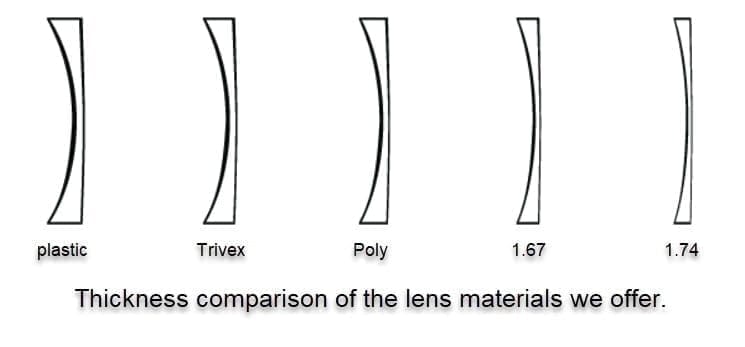
Basic Lens Material (CR-39 1.50 index)
Originally, eyeglasses were all made with glass. The clarity with glass might excel in a lot of areas, but the break-ability and heaviness of a glass lens is a major reason very few people wear glass lenses now. Armorlite Lens Company in California introduced the first lightweight plastic eyeglass lenses(CR-39). Pros for this lens: tints easily, thinner, and lighter than glass and our most affordable lens. Cons: Not impact resistant, thicker and heaver than other materials we use. Also, has limits on which frames it can be fitted into, like semi-rimless frames.
Thinner Lighter Impact Resistant(Poly-carbonate 1.59 index)
Life throws a lot at you and you want to make sure your lenses can keep up. Originally created for safety glasses in the 1970s, the impact resistant feature of our thinner and lighter polycarbonate lenses is a popular choice and rightly so. Also, scratches and chips are not a good look, so this added protection is helpful for anyone’s lifestyle. Pros: Thinner, Lighter, and impact resistant. Also, a 100% UV Filter built into the lens.
Thinner Lighter Impact Resistant, Better Optics (Trivex 1.54 Index)
Originally made for military helicopter windshields and fighter jet canopies, this lens material was developed to be used in optical lenses in the early 2000s. This new option made Trivex lenses the most lightweight lens material to date. Pros: Thinner and lighter than plastic or glass lenses, impact resistant, blocks 100% UV rays. Plus, crisper, superior optics. Notably, the Trivex material is made from a cast molding process similar to glass lenses, giving clearer vision than other lenses.
Thinnest and Lightest (High Index 1.67 & 1.74)
There is always going to be a demand for thinner and lighter lenses. Both come with 100% UV filter. High index lenses are best for prescriptions -6.00+. Consequently, they are not as impact resistant as poly or Trivex lenses and can’t be fitted for drill mounted frames.
Block that Glare
Here is the thing about anti-glare- everyone needs it! Kids learn 80% of everything they learn through their eyes in the first 12 years. Glossy textbook pages, overhead fluorescent lighting, scratches and smudges are all examples of why kids and everyone need something with anti-glare. Therefore, making sure your lenses are equipped with non-glare make a drastic appearance in how you look in your glasses and your vision! The more layers, the less glare that affects your vision. Here are the levels of non-glare we offer.
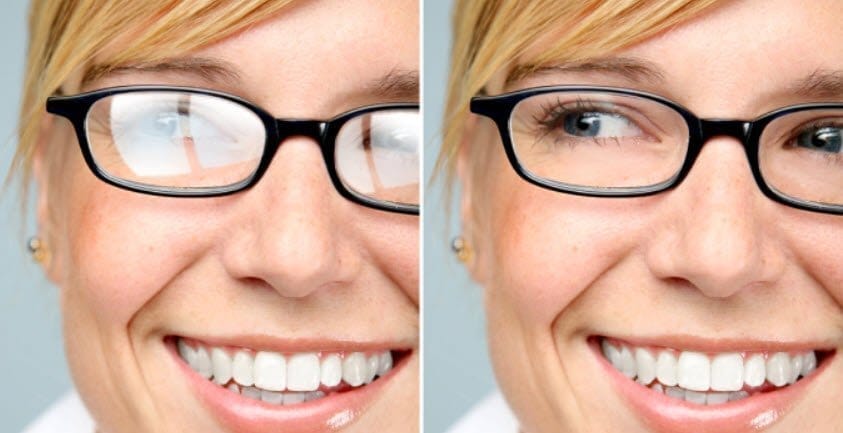
Standard Clarifier
- This non-glare is our basic in-house brand. It has layers of anti-glare (AR) and a hard coat.
Kodak Clear
- Kodak Clear is a better non-glare than our standard Clarifier. It has more layers of AR, a water repellent (hydrophobic) layer, an oil resistant (oleo-phobic layer), and a hard coat to reduce scratches.
Kodak Clean and Clear
- The best non-glare lens we offer. It has the most layers of AR, a hydrophobic layer, an oleo-phobic layer, dust, and static resistant layers, and a hard coat. This makes a safer, easier to clean lens that reduces eye strain.
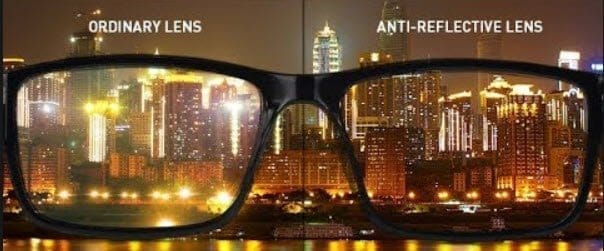
Kodak Total Blue
- Add an extra layer of protection with blue light blocking lenses. Total Blue Lens filters up to 80% harmful HEV Blue Light and blocks 100% UV rays. Above all, with the amount of time we are on digital devices like smartphones and computers, blue light blocking lenses will help reduce eye strain caused by blue lights. Also, anti-glare, scratch resistant and water resistance features are built into the Total Blue lens.

Photochromic (Transitions Lenses)
- Photochromic glasses, popularly known by the brand Transitions Lenses, are eyeglass lenses that adapt from clear indoors to dark automatically when exposed to sunlight. Added tint for UV protection is never a bad thing to consider if you don’t want to worry about having prescription sunglasses with you at all times. So, we offer different types and colors of Transitions lenses to best fit your needs.
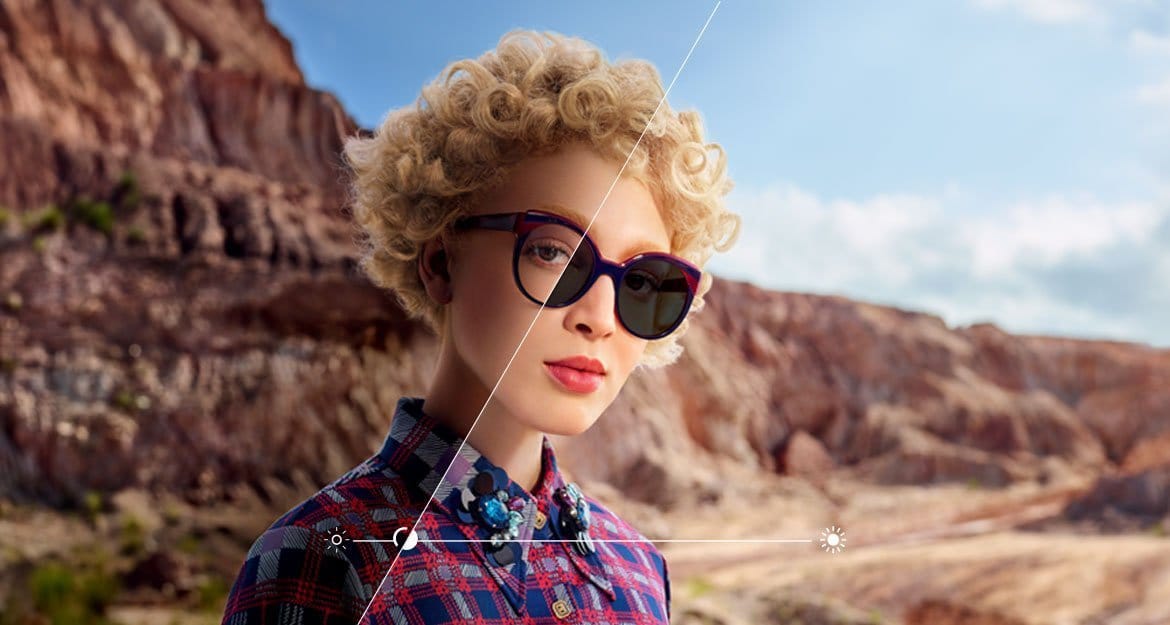 image from transitions.com
image from transitions.comSchedule An Exam
The amount of choices can be overwhelming, and the style you want to exude and the lifestyle you live can help determine what glasses will work best for you. Learn more about what glasses work best for your face shape from our blog.
Luckily, our doctors and team members at Dr. Tavel are here to help guide you to find the best lens materials and frames that will work for you and help you see clearly and look your best. Find all the glasses and lenses we offer or schedule an appointment with us today.
